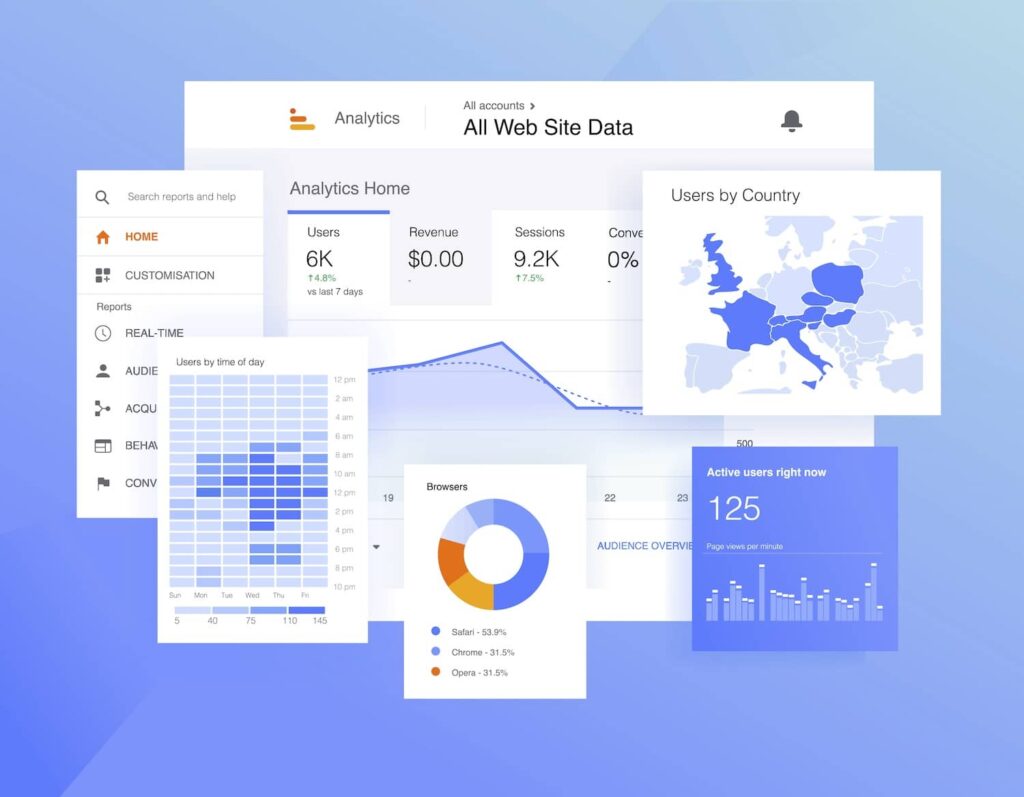Demystifying Secondary Dimensions in Google Analytics: Meaning and Practical Applications
Demystifying Secondary Dimensions in Google Analytics: Meaning and Practical Applications
Blog Article
Introducing the Effect of Additional Dimension in Google Analytics on Data Evaluation and Insights
In the realm of information analytics, the application of additional measurements within Google Analytics has actually become a crucial tool for extracting deeper insights and unraveling complicated patterns that may or else remain covered. By peeling back the layers of primary information sets, second measurements provide a nuanced point of view that enhances the understanding of customer actions, site performance, and the performance of advertising strategies. The true effect and untapped capacity of additional measurements are commonly ignored, eclipsed by the attraction of main metrics. As we browse with the elaborate landscape of data analysis, the relevance of secondary dimensions becomes significantly apparent, dropping light on essential details that hold the trick to educated decision-making and tactical optimizations.
Checking Out the Concept of Additional Dimensions
Additional dimensions in Google Analytics supply extra insights by permitting customers to assess main information in conjunction with a secondary feature. By integrating additional measurements, individuals can delve much deeper into the data and discover important connections that might or else go unnoticed - what is a secondary dimension in google analytics.
By exploring the various additional measurements available in Google Analytics, users can open brand-new understandings and optimize their digital advertising initiatives. In essence, secondary measurements offer as an effective device for boosting information evaluation and driving workable outcomes.
Enhancing Data Analysis With Additional Measurements
Having actually established the foundational understanding of secondary dimensions in Google Analytics and their essential function in data evaluation, the emphasis now moves in the direction of leveraging these additional credit to boost the interpretation of analytics information (what is a secondary dimension in google analytics). By integrating secondary measurements into information analysis, analysts can gain much deeper insights into customer actions, internet site efficiency, and advertising efficiency

Furthermore, second dimensions help in contextualizing key data metrics by providing additional layers of details. This contextualization help in recognizing the 'why' behind the information fads, aiding analysts make educated choices and optimizations to boost general performance. Inevitably, including additional dimensions enriches the information analysis process, leading to more critical activities and significant insights.
Revealing Hidden Insights Through Second Measurements
Discovering the midsts of analytics data with secondary dimensions reveals beneficial insights that would certainly otherwise remain obscured. By incorporating second measurements in Google Analytics, services can unearth covert patterns, trends, and connections that offer an even more extensive understanding of user actions and web site performance. These added layers of data permit analysts to delve deeper into the main dimensions, such as website traffic sources or touchdown web pages, and obtain a much more nuanced viewpoint on how different variables interact with each various other.
With making use of secondary measurements, experts can segment and contrast information throughout various dimensions, enabling them to recognize certain elements that affect individual interaction, conversion rates, and general success metrics. By pairing the primary measurement of 'tool classification' with the secondary measurement of 'age team,' marketing experts can pinpoint which age demographics favor accessing the website through mobile tools versus desktops. This level of granularity equips organizations to make data-driven decisions and optimize their approaches for much better outcomes. Ultimately, revealing concealed understandings with additional dimensions enhances the deepness and precision of data analysis, leading to even more enlightened decision-making and enhanced performance results.
Leveraging Secondary Dimensions for Actionable Analytics
Structure upon the understandings revealed via second dimensions in Google Analytics, services can now harness this enriched information landscape to drive actionable analytics and strategic decision-making. By leveraging secondary measurements, companies can dig deeper into their data to extract important patterns, trends, and connections that might have formerly gone unnoticed. This deeper level of evaluation allows businesses to acquire a much more extensive understanding of individual actions, project performance, and overall web site effectiveness.
One secret benefit of using additional dimensions for workable analytics is the capability to section data based upon certain criteria. This division allows organizations to customize their projects and methods to different target market teams, resulting in a lot more targeted and reliable marketing efforts - what is a secondary dimension in google analytics. In addition, secondary measurements give an even more alternative sight of customer interactions, enabling companies to maximize their internet site content, layout, and overall customer experience
Taking Full Advantage Of Decision-Making With Additional Dimensions
To boost strategic decision-making in analytics, leveraging additional measurements in Google Analytics can provide an extra nuanced point of view on customer behavior and campaign efficiency. By incorporating second dimensions into information analysis, companies can dig much deeper right into the specifics of their website site visitors' communications and interaction patterns. This additional layer of details enables an extra extensive understanding of just how different variables, such as demographics, gadgets, or traffic sources, impact key performance indications.

Verdict
Finally, the usage of secondary measurements in my site Google Analytics plays pop over to this site a critical role in boosting information evaluation and discovering covert insights. By exploring this idea, one can obtain a much deeper understanding of user behavior and make educated choices based on actionable analytics. Leveraging second measurements permits for a much more comprehensive analysis of data and makes the most of the efficiency of decision-making procedures.

Report this page